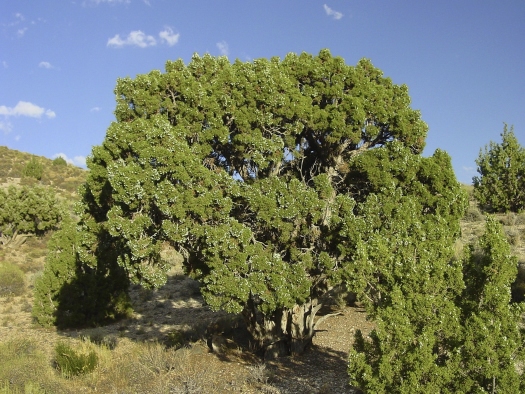The sneezing, itchy, watery eyes, stuffy nose, the blanket of dusty yellowish-green mist covering the tops of cars and deck . . . it’s that time of year when allergies start rearing their ugly heads.
While most people believe that pollen from beautiful blossoming plants activates allergies, studies have shown that while they do contribute a great deal of misery for sufferers, it’s the trees that have the most potent allergens. Pollination is crucial for the reproduction of trees but can cause major health issues during peak seasons.
Some trees produce more pollen than others and begin pollination in the early spring. Pollen is very light and the wind can blow it great distances. Tree pollen allergy symptoms can mimic a cold, such as:
- Nasal congestion/runny noseI
- tchy nose, roof of mouth, or throat
- Sinus pressure
- Itchy, watery eyes
- Sneezing
- Coughing
Here are some of the most common trees that are known to cause severe allergies:
Mountain Cedar
Found in the mountainous regions of the midwest, the mountain cedar, also known as the Ash Juniper, is rated #1 for causing the most severe allergy symptoms.
Maple
Growing in the woods and along river streams in the eastern United States and Canada, maple trees, especially the Ash-leaf maple, produce potent allergens in the early spring. Other maple trees that aggravate allergies are the sugar, red, silver, Manitoba, and box elder maples. The box elder produces the most pollen of all maple trees.
Elm
While millions of elm trees were killed by Dutch elm disease between 1930 and 1980, they were cultivated and restored in the 1990s. Thriving in wetland habitats, maple trees create pollen in both spring and fall.
Pecan
Everyone loves pecan trees and the pecans that they bear. However, pecan trees are right behind ragweed as the cause of severe spring allergies. Pecan trees are found in the woods and orchards in northern Florida, Indiana, Ohio, Georgia, and along the western border of the southeastern United States.
Oak
The woods are filled with stately, towering oak trees! While their thick, yellow pollen is not as concentrated as other allergy-causing trees, they deliver extremely large quantities of it for several seasons, beginning in the spring. Oak trees are seen in the coastal plains.
Arizona Cypress
Surviving best in well-drained soils in the warm climates of the southwestern United States, Rizona Cypress trees generate pollen for up to seven months of the year.
Camphor
Some over a century old, camphor and eucalyptus trees are found in the western United States and never fail to form allergy-causing pollen.
Pine
The pollen from pine trees can become so dense during pollination that it sometimes creates a haze. While pine tree pollen isn’t likely to be windblown due to its density, the film collecting on cars and decks can cause allergies if in contact with eyes or noses.
Mulberry
A favorite tree found in neighborhoods in the northern US and chosen by landscapers for resisting insects, disease and smog, the mulberry tree has significant allergens.
In addition, these trees should be avoided:
- Olive
- Date Palm
- Sycamore
- Alder
- Birch
- Cedar
- Hickory
- Poplar
- Walnut
- Willow
Tree allergy symptoms can be minimized by tracking the daily pollen count, closing windows and doors, changing clothes/showering after being outside, and seeing a doctor for allergy testing, antihistamines and other medications.
American Tree Masters LLC is a full-service tree trimming and removal company in Phoenix, Arizona.





